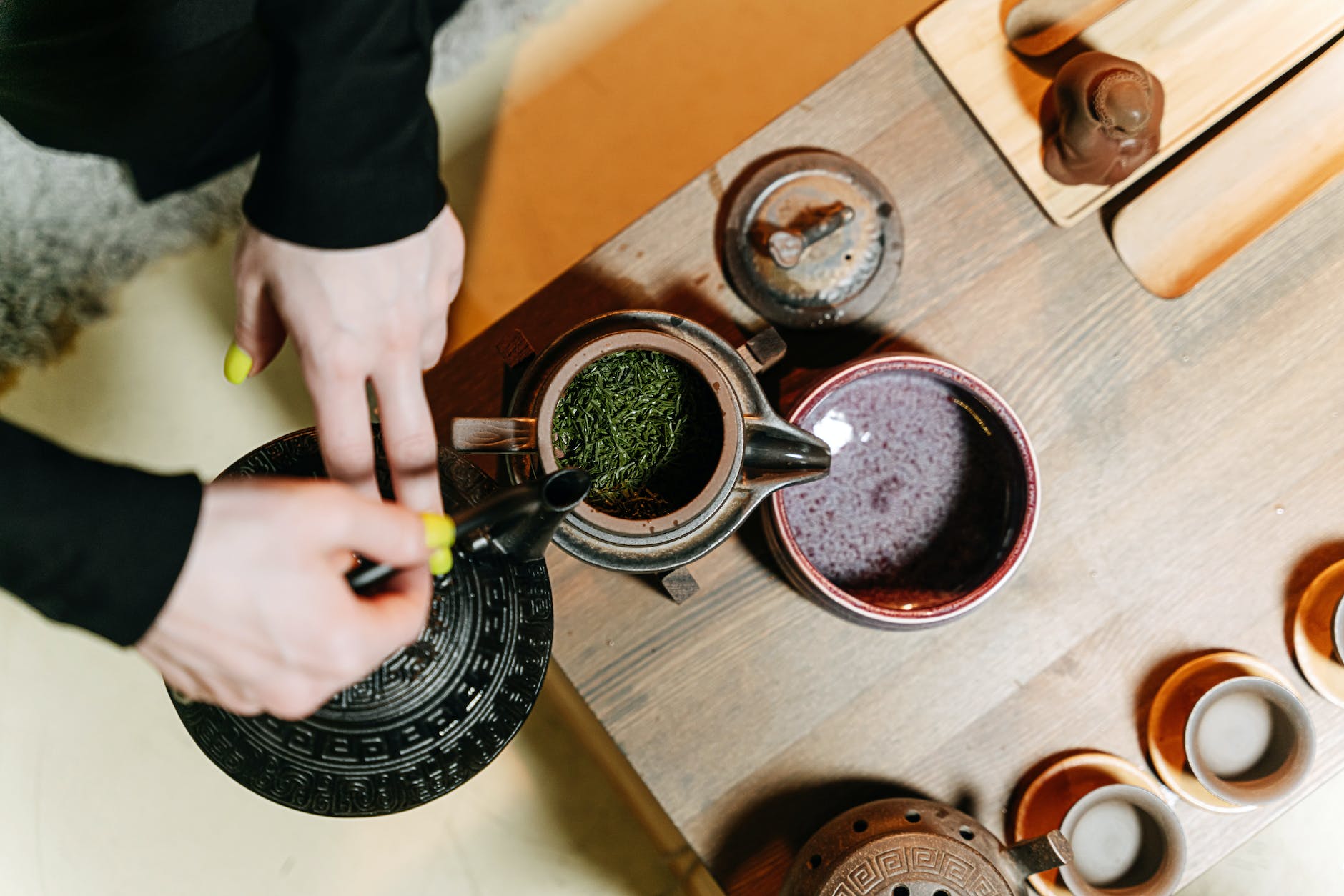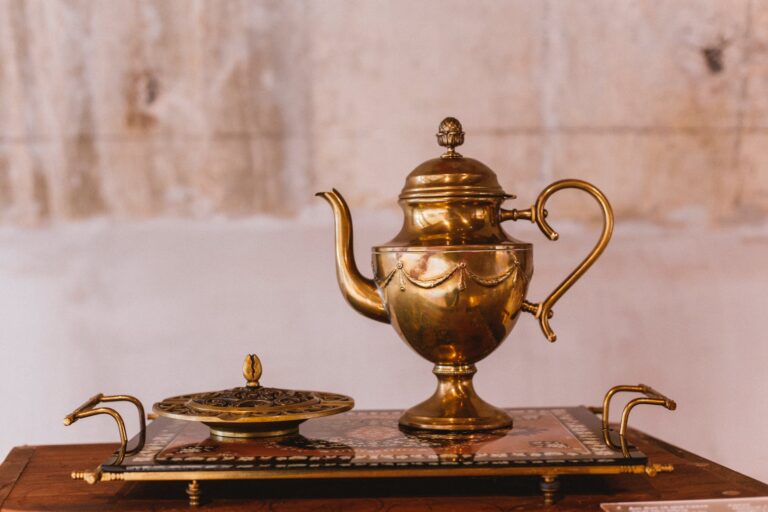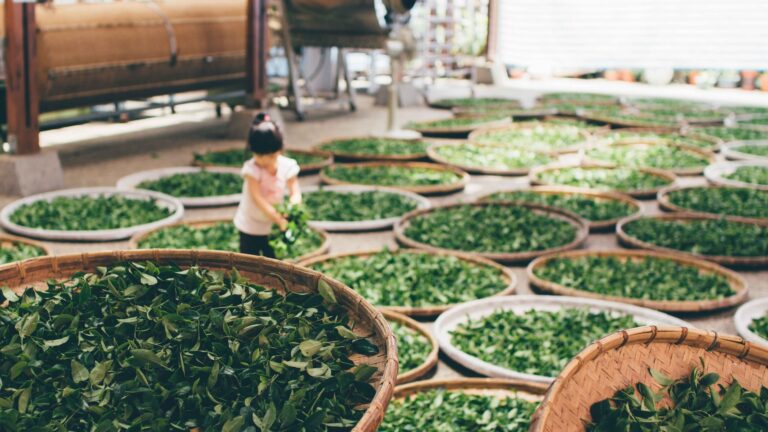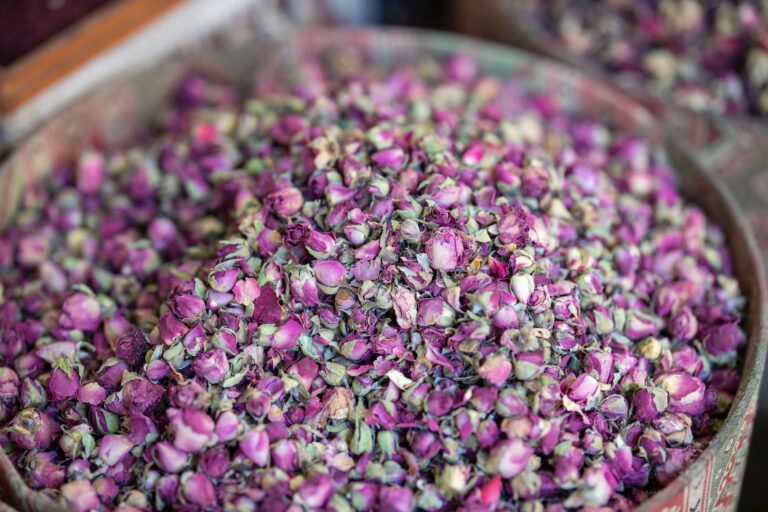The Artisan’s Touch: Exploring Handcrafted Tea Traditions
Introduction
In the world where automation and mass production have become the norm, there lies a quiet yet profound realm of tea-making that thrives on the touch of the human hand. This is the world of handcrafted teas, an arena where tradition, skill, and art blend to create not just a beverage, but a legacy steeped in history and culture. From the verdant slopes of remote tea gardens to the subtle nuances in the processing of each leaf, the journey of handcrafted tea is a testament to human ingenuity and a deep connection with nature. In this exploration, we delve into the intricate world of artisanal tea traditions and unravel the elements that elevate these teas from mere drinks to embodiments of a timeless art form.
The Heritage of Handcrafting Tea
The art of handcrafting tea dates back several millennia, woven into the fabric of many cultures, particularly in regions like China, Japan, and India. In these lands, tea is not just a drink but a cultural icon, representing centuries of traditions, stories, and a deep understanding of nature. Artisans, with their inherited wisdom and age-old techniques, become the custodians of this legacy, ensuring that each leaf tells a story of its heritage.
In China, where tea was first discovered, the tradition of handcrafting tea has been elevated to an art form. From the legendary emperors of the past to the modern-day tea masters, the evolution of tea in China is a narrative rich with innovation and reverence for tradition. Similarly, in Japan, the ritualistic approach to tea, influenced by Zen Buddhism, has fostered a culture where the process of making tea is as important as the tea itself. Meanwhile, in India, the diversity of climates and cultures has given rise to a variety of handcrafted teas, each unique to its region, echoing the diversity of the land itself.
The Artisan’s Approach to Tea Making
The process of making artisanal tea is a dance of precision and patience, where each step is crucial to the final product.
- Plucking: The journey of artisanal tea begins in the fields. Here, skilled pickers, often with generations of knowledge, select and pluck the tea leaves by hand. The timing, the part of the plant chosen, and even the picker’s touch, all contribute to the quality of the tea.
- Withering: Post-plucking, the leaves are spread out to wither, a process that softens the leaves and prepares them for further processing. This stage is crucial for developing the tea’s flavor profile and aroma. The duration and conditions of withering vary depending on the type of tea and the desired outcome.
- Oxidation: This step, where the tea leaves are exposed to air, is what defines the type of tea – be it green, black, oolong, or white. Artisans control the oxidation process with precision, often relying on centuries-old techniques to achieve the desired level of oxidation.
- Rolling: Hand-rolling the tea leaves is a skill that has been perfected over generations. This process shapes the tea and is crucial in defining the tea’s character, its infusion qualities, and ultimately, its flavor.
- Drying: The final step in the tea-making process, drying stops the oxidation and stabilizes the tea for storage. This step is carefully monitored to ensure the tea retains its aroma and flavor profile.
Regional Nuances in Handcrafted Teas
Handcrafted teas vary greatly from region to region, each area imparting its unique characteristics to the tea.
- China’s Diversity: In China, the birthplace of tea, the variety of handcrafted teas is astounding. Each province, with its distinct climate and terrain, produces teas that are unique in flavor and appearance. From the robust and malty black teas of Yunnan to the delicate and floral white teas of Fujian, the diversity is a reflection of China’s rich and varied tea culture.
- Japan’s Precision: In Japan, the focus is on green teas, with Matcha and Sencha being the most renowned. The Japanese approach to tea-making is one of meticulous precision and respect for tradition. The shading of tea plants, a technique unique to Japanese tea cultivation, results in a richer flavor and a brighter green color in the leaves.
- India’s Bold Flavors: The Indian subcontinent, with its varied climates and terrains, produces a wide range of teas. From the robust and malty Assam tea to the delicate and musky Darjeeling, Indian teas are known for their bold flavors and distinctive aromas. The traditional methods of handcrafting these teas have been passed down through generations, ensuring that each cup carries the legacy of its land.
Sustainable Practices in Artisanal Tea Making
In the realm of handcrafted teas, sustainability is more than a practice; it’s a philosophy. Artisanal tea makers often embrace organic and biodynamic farming methods, ensuring that their practices not only yield superior quality tea but also protect the environment and the health of the workers. This holistic approach to tea cultivation reflects a deep understanding of the interconnectedness of nature and human well-being.
The Impact of Handcrafted Teas on Local Communities
The artisanal tea industry is much more than a commercial endeavor; it’s a lifeline for many communities. In rural and often remote areas, where artisanal tea is predominantly produced, the industry provides crucial employment opportunities. These tea gardens and processing units are not just workplaces but form the center of community life. Generations of families work together, sharing knowledge, stories, and a deep sense of pride in their craft. This communal aspect fosters a strong sense of identity and belonging, with tea often forming the core of social interactions and local culture.
The financial impact is also significant. Artisanal tea commands a higher market price, recognizing its superior quality and the labor-intensive processes involved in its production. This premium helps sustain local economies, providing a stable income for families and enabling investments in community development and education.
The Global Appreciation of Handcrafted Teas
In recent years, there has been a growing global appreciation for handcrafted teas. Tea connoisseurs and casual drinkers alike are seeking more authentic and unique tea experiences, driving demand for artisanal varieties. This global recognition is not only a testament to the quality of these teas but also raises awareness of the cultural and historical significance of traditional tea-making practices.
For many consumers, choosing artisanal tea is a conscious decision to support sustainable practices and preserve cultural heritage. This shift in consumer preference is encouraging more tea producers to turn to artisanal methods, promoting biodiversity, traditional knowledge, and ecological balance.
The Sensory Experience of Artisanal Tea
Drinking artisanal tea is an immersive experience that engages all the senses. The aroma, color, and flavor of these teas are distinct and often more complex than their mass-produced counterparts. This richness is a direct result of the handcrafted process, where attention to detail and slow, careful methods allow for the full expression of the tea’s character.
Moreover, each cup of artisanal tea tells a story – of the land where it was grown, the hands that nurtured and crafted it, and the traditions it upholds. This narrative adds depth and meaning to the drinking experience, turning it into a ritual that transcends the act of mere consumption.
Handcrafted Tea in the Modern World
In a world dominated by industrialization, artisanal tea represents a connection to a simpler, more sustainable way of life. It reminds us of the value of slowing down, of being mindful and appreciative of the effort and skill involved in creating something truly exceptional.
For the modern consumer, choosing handcrafted tea is not just about enjoying a superior product. It’s also about making a statement – in favor of quality over quantity, tradition over trend, and sustainability over expediency. It’s a choice that reflects a desire for authenticity and a deeper connection to the natural world.
Conclusion: The Future of Artisanal Tea
The world of handcrafted tea is rich with history, culture, and artistry. As we continue to navigate through an increasingly fast-paced and digital world, the artisanal tea industry stands as a beacon of tradition, quality, and sustainability. By supporting this industry, we are not only indulging in a luxurious sensory experience but also contributing to the preservation of cultural heritage and the promotion of sustainable practices.
As artisanal tea continues to gain popularity globally, its future looks promising. This growing appreciation ensures that the legacy of handcrafted tea will continue to thrive, preserving the unique traditions and skills for future generations to enjoy. In every sip of artisanal tea, we savor a blend of nature’s bounty and human craftsmanship, a combination that is timeless and irreplaceable.






